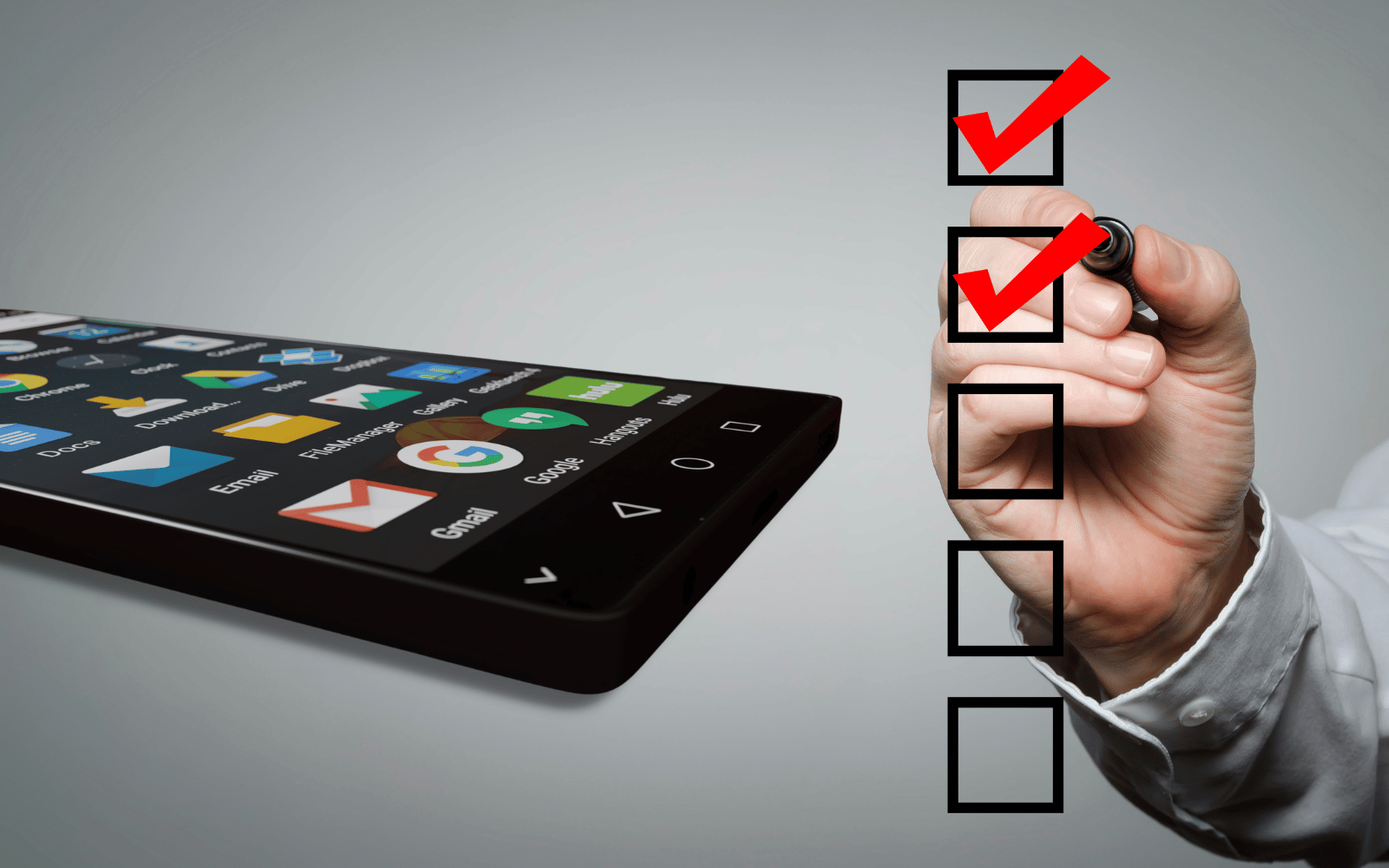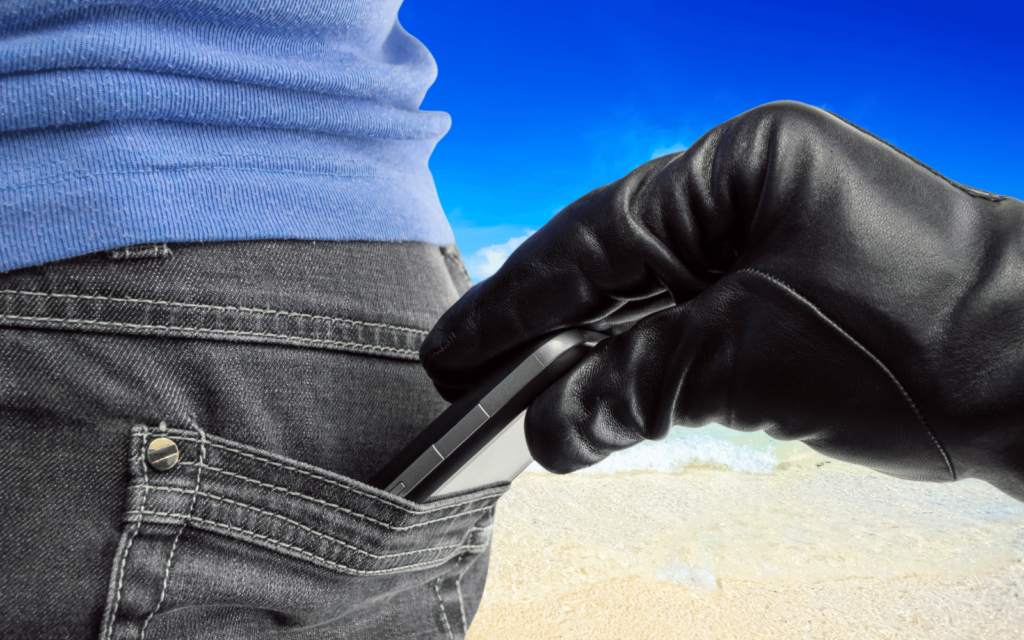At this point in time, one of the most inconvenient items that can be stolen is a person’s smartphone. A wallet or purse used to be the ultimate headache when it came to theft but the future is now. Your smartphone has far more utility than your wallet ever will. Except for when you stashed those things in your wallet ahead of Oppikoppi that one time. That was awesome. It’s hard to do that with a cellphone.
While losing a wallet used to mean cancelling cards and getting a new driver’s license, your accounts were usually safe. Unless you were the sort to keep your PIN on a slip of paper inside the wallet. But whose fault is that? Now, though? Immediate access to your email, online banking, and various services is possible if your smartphone is nicked. And phones are so very easy to misplace (or have misplaced for you). It helps to be prepared for a situation where your smartphone has gone missing.
Before the worst happens

You might have heard the term ‘locking the barn door after the horse has been stolen’. It’s a cliche but it’s also true. The best time to prepare for a stolen smartphone is way before it happens. The absolute worst time is afterwards. There are plenty of steps you can take to mitigate damage to your finances and life in general but they should all be taken prior to smartphone theft.
- Use a unique password for each account and service on your smartphone. Enable 2FA for each account that supports it. It’s not perfect, but it should give you enough time to shut everything down. When it comes to your bank account, protect it via biometric access if possible.
- Do NOT save your passwords in your phone’s web browser, no matter how convenient it seems. If your PIN, pattern, or biometric logins are bypassed, all of your login information is exposed. Definitely don’t save your credit card info in your browser either.
- Instead, protect your passwords by using a password manager. As long as you remember (and don’t save) your master password, you should be okay. Ish.
- Enable Find My Device. This step MUST be done before your phone goes missing since it must be enabled on the device itself. Samsung also has a Find My Mobile option under Security and Privacy that does the same thing, but it’ll also have Google’s (superior) option tucked away in the Google menu in settings.
Find My Device: What you’re giving up
There are a few requirements to having Find My Device — or any related services — active on your smartphone. You’ll have to have Location data turned on. You’ll have to set your Google Play visibility to ‘On’. You’ll also need two-step verification turned on for your Google account, plus a spare device attached to this function. This last step is a sensible one but the previous two generate more data for Google to harvest. If you’re that paranoid, you could just stop using tech altogether. But if transmitting location info to the Google juggernaut for ‘processing’ feels like a worthy tradeoff for the ability to remotely wipe your smartphone, you can just take the only choice you’ve got.
So you’ve just been robbed

In the event of a smartphone disappearance, there are a few key steps you should take right away. Provided you’ve taken the steps above, the one thing you don’t have to do is panic. The first step is to ensure that you haven’t just left it on the beach or in some bushes. Logging into your Google account on the nearest compatible device and heading to the Find My Device page will let you know exactly where your phone is. Provided it’s turned on, connected to a network, and is still signed into your Google account, anyway.
Here, you can perform a few tasks. The main one you want to do is check where the phone is. The missing device can be located on a map. If it’s nowhere near where you have recently been, it’s been stolen. If the indicator is around your home or holiday destination, you’ve just misplaced it. That’s the situation you’re hoping for. Select the option to Play Sound and it’ll make a racket for five minutes. This overrides your sound settings, so you should be able to dig it out of whatever camp chair you stashed it in while grabbing another afternoon beer.
Shut it all down

But your phone might well be properly missing. In that case, you’ve got two options. Enabling Secure Device means you can lock or set up a lock for the missing device, even if there wasn’t one before. In the event it’s just lost and you’re still optimistic about humans, you can set a contact number so a good Samaritan can contact you and give it back. If you’re going this route, it’s a good idea to unlink any bank cards associated with the Google account. Just in case. You’ll find this option under Payments and Subscriptions and then Payment Settings in your Google account.
But if it was stolen from your pocket or bag, you can also remotely erase the phone entirely. Bear in mind, that’s also going to kill off your tracking ability, but apps, accounts, personal info, and images on the device should appear. Unless they’re saved to an SD card. That doesn’t always work.
Once you’ve hammered the Big Red Button™, there are other steps to take. These all require another device to complete, so make sure you’ve got access to someone else’s smartphone. Or feature phone. Or any phone, really. Even a landline will do if you happen to encounter one.
- Call your mobile service provider (Vodacom – 082 135, MTN – 083 135, Cell C – 084 135, Telkom – 081 180) to block your phone and SIM card. The faster you perform this step, the less likely it is that your bank account will be compromised.
- Contact your bank(s) and cancel any cards that were stored on the smartphone. The same goes for any cards that were stored as part of the various available digital wallets, including Samsung Wallet.
- Report the phone stolen. This probably won’t result in your digital device making its way home but your insurance company will insist on this set before it pays out.
- Contact friends and family. Use a voice or video call. Tell them your details are out and to treat any requests for money/bus tickets/small ponies with suspicion unless they’ve spoken to you directly. You probably don’t have to worry about deepfakes (yet) unless you have a monster bank account.
- Remove the missing device from your Google account. You can do this from your account page, under the Security tab. Check out the Manage All Devices option, and then sign out of the disappeared device.
After all this, it’s up to your insurance company or bank account to get you back online with a new Android device.




